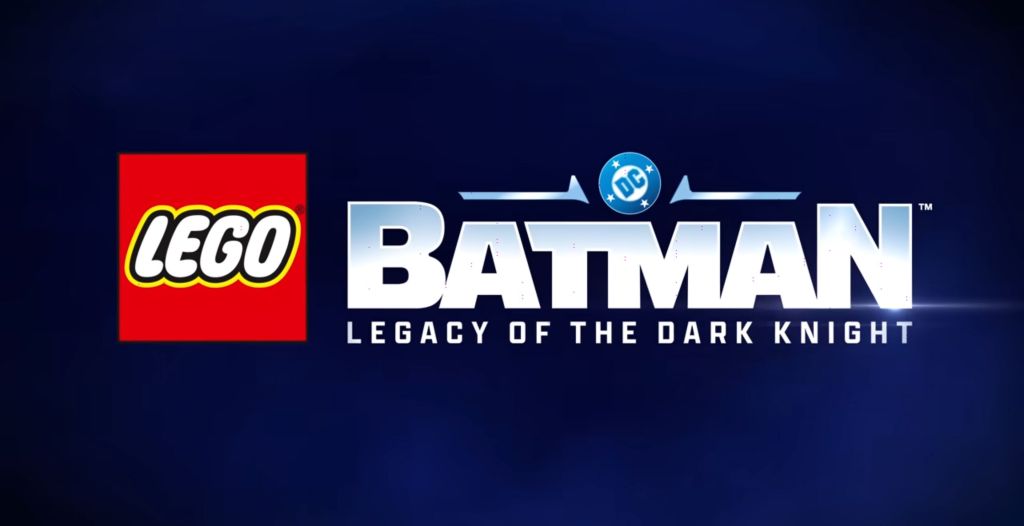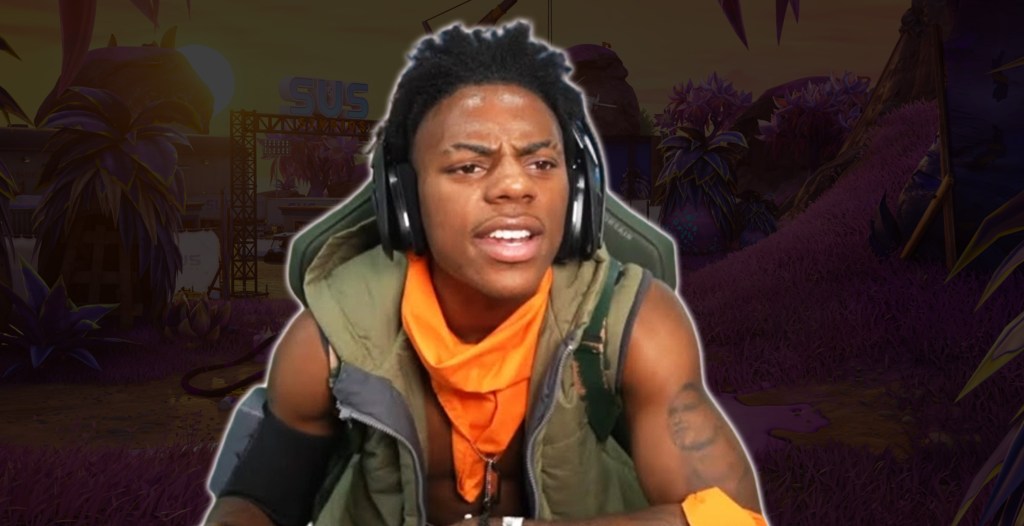Since the searing violence in Charlottesville, Virginia last summer, the public has grown more aware of the true nature of the resurgent white nationalist movement in America. But precious few understand how it seemed to rise so quickly, where it came from, or how it operates.
Except for the people leading the pack, of course.
Videos by VICE
The ringleaders of the alt-right know perfectly well that its existence is utterly dependent on an ability to leverage social-media outlets and other—decidedly less mainstream—platforms on the internet. Consider, for example, notorious alt-right guru Richard Spencer’s response when Twitter shut down his account way back in November 2016.
“I am alive physically, but digitally speaking, there has been execution squads across the alt-right,” he complained on YouTube. “It is something like the Night of Long Knives.”
Similarly, when YouTube issued a strike against far-right provocateur Alex Jones’s channel in February for promoting conspiracy theories about victims of the Parkland school shooting, he went on his program to denounce the episode as signaling “the end of internet freedom.”
“They tried to hold the truth underwater, they tried to dominate it and to rape it, and it failed,” he said.
The leading ideologues of the alt-right see efforts to limit their online influence as existential threats for good reason: The movement began life as a creature almost entirely born and nurtured of the internet. And although it has in recent years worked to increasingly manifest itself as a real thing in the real world—with deadly effect—it remains a political phenomenon that largely lives and breathes online, suggesting both its potential breadth and sophistication as a threat to democratic institutions, as well as its vulnerability to a sustained pushback from those same forces. Recent efforts by the owners of social-media and video platforms to clamp down on hate speech have shown some promise in this regard, but these steps offer hope, not certainty.
Just as this fundamentally proto-fascist movement itself is comprised of a fairly broad range of core organizing issues subsumed under its white-male-nationalist umbrella, the media that form its infrastructure likewise reflect a (modest) range of viewpoints and temperaments. One thing unites them all: An indelible undercurrent of paranoid authoritarianism, made manifest primarily in the form of a bubble—a sort of alternative universe. It’s a dark, strange place made up almost entirely of groundless, a-factual conspiracy theories, alternative pseudo-legal explanations of the Constitution, and frequently bizarre explanations for how the world operates.
Basically, it’s a fact-checker’s nightmare.
The best-known players here operate within a zone that is closest to mainstream, reality-based conservatism, and have been labeled dismissively by the more virulent corners of the far-right as the “alt-lite.” These include such media entities as Breitbart News, Infowars, and Gateway Pundit, commentators like Lucian Wintrich, and social-media personalities such as Mike Cernovich, Lauren Southern, and Jack Posobiec.
Participants in the “alt-lite,” both in their online advocacy and in other forums, tend to fully agree with the movement’s sustained assault on liberal values, its hatred of “political correctness” and mythical “cultural Marxism,” its loathing of all things feminist and admiration of all things manly. They typically part ways with the hard-core alt-right in their unwillingness to overtly push for an all-white ethno-state, or to openly share the admiration that many white nationalists display for certain forms of straight-up fascism. When the Anti-Defamation League listed the “alt-lite” as a “hate movement” nonetheless, its leading pundits complained bitterly. “The ADL is trying to get my family murdered,” tweeted Cernovich.
Breitbart has a special position in the ecosystem because it is connected to Donald Trump through its former executive chair, Stephen Bannon, who was Trump’s campaign chief and then the president’s chief strategist for the first seven months of the administration before being shown the door. Bannon was subsequently forced out from his position at Breitbart as well, leaving to broad speculation about his future in politics—and the far-right’s media ecosystem. The Breitbart site, however, has maintained its steady diet of red meat for conservatives in the months since, despite hopes that it might return to a more insurgent style of politics.
Meanwhile, the openly white-nationalist component of the alt-right spans varying degrees of fanaticism, most notably differing in their willingness to openly condone violence. While most of them are united in a vision of creating an all-white American nation in which nonwhites are either expunged, exterminated, or reduced to servitude, and in which men rule the roost, many shy away from urging violence as the means to that end. The suit-and-tie component of the white nationalist alt-right—led by Spencer, Greg Johnson of the white-collar-oriented Counter Currents, and Brad Griffin of the neo-Confederate Occidental Dissent—are open in their disdain for more traditional fascist stylings and behavior, such as leather-jacketed skinheads or Hitler worship.
That stylistic difference is just that, however—a matter of style. In the end, the distinction has as little substantive difference as that between white nationalists (who are mainly concerned with establishing an all-white ethno-state) and white supremacists (who focus on establishing the superiority of whites and the inferiority of everyone else).
There are also some who sneer in the other direction, both at the button-down nationalists and the “alt-lite.” Members of this segment tend to be openly racist, pine for genocide against nonwhites and especially Jews, and loathe non-submissive women. Some have little compunction about recommending violence as the most direct route to achieving their agenda. The most infamous media sites dedicated to this toxicity including Andrew Anglin’s notorious Daily Stormer, as well as The Daily Shoah and The Right Stuff.
But even as they love to throw shade in each others’ directions, all of these blocs of the alt-right interact on a subterranean level that lends mutual support to their general cause.
Breitbart’s actual news articles, for example, broadly hew hard-right in orientation, and often seem geared to foment fear of various kinds—especially directed at nownwhites, immigrants, Muslims, LGBT people, and liberals. Still, they don’t indulge in the open racism of other sectors of the alt-right—until you hit the comments section. What becomes clear in reading the site regularly is that its community contains a wide-ranging overlap of the alt-right’s various sectors, from dedicated Trump-ites primarily focused on defending his presidency to hate-filled nativists and racists, and everything in between. And it serves in effect to unite them all in common causes, as we saw in 2016, when they came together under Trump’s banner.
The paranoid conspiracism fueling so much of the alt-right’s radicalism has older roots that date back to the 1990s with the rise of the Patriot/militia movement, whose own origins lie both in the racist Old Right and the John Birch Society. These groups’ members have sometimes affiliated with the alt-right or worked as “security” at their rallies, but are generally put off—or claim to be—by white nationalism. Indeed, Jones himself has eschewed the alt-right label, although some of his Infowars staffers (notably reporter Paul Joseph Watson) are often identified as part of the “alt-lite.” Nonetheless, all of these various ideological bubbles comprising the radical right—the alt-right, the alt-lite, the Klan, old white nationalists, and the Patriot/militia movement—are oddly united by the vast epistemological bubble first spun into existence by the conspiracy theorists.
Beyond the pollution of the information stream and the ensuing disfigurement of public discourse that this conspiracism represents, even worse is the violence that it appears to be inspiring, particularly among angry young white men. This ranges from Dylann Roof’s lethal rampage at a Charleston church in 2015 to the horrifying events of last August in Charlottesville, up to and including the shooting rampage in Parkland, Florida, by a young man who raged about race in alt-right chat rooms and allegedly engraved swastikas into his ammo magazines.
It is because of this toxicity that so many media platforms are now clamping down hard on the alt-right, as well as the conspiracist element that fuels them. The sudden disappearance of a variety of widely available public forums for the alt-right has created a sudden rearrangement of its media ecosystem into a chaotic, yet-shapeless blob of vitriol.
Beginning with Spencer’s banishment from Twitter in late 2016, the social media that had been so handy at leveraging their messages started shutting off their ready availability to hate groups and white nationalists in particular, though the effort has been an inconsistent one. Andrew Anglin’s Daily Stormer was repeatedly dropped by domain providers in the wake of Charlottesville, along with such neo-Nazi websites as Stormfront, even as Anglin himself fled the long arm of the law for organizing a campaign of harassment against a Jewish woman in Montana.
Then, late last year, Twitter changed its rules as part of a clampdown on hate speech, leading to the deletion of a number of alt-right accounts, including such overt neo-Nazi groups such as Atomwaffen Division and Patriot Front. Many white nationalists had already fled to a new platform, Gab, which was designed to allow hate speech, and the latest crackdown only intensified the exodus. However, it also became clear by last year that Gab, as well as other alt-right-friendly entities such as Hatreon (a fundraising site), weren’t all their fans had cracked them up to be, either in terms of the interactions or in their reach and ability to influence others.
The publishing platform Medium banned a roster of “alt-lite” contributors early this year, leading to further expressions of outrage from the right, as well as a threatened lawsuit from Cernovich. The final straw for many was YouTube’s crackdown on conspiracy theorists such as Jones, as well as some hate speech, accompanied by the company’s announcement that it would partner with some 100 groups, including the one I serve as a correspondent for—the Southern Poverty Law Center (SPLC)—to set up a system of moderation to police its content.
“They are engaging in an arbitrary and capricious use of their ‘restricted mode’ and ‘demonetization’ to restrict non-left political thought,” declared Dennis Prager, a conservative activist who filed suit against YouTube last fall.
A number of right-wing pundits and organizations (some of them listed as hate groups) attacked YouTube for partnering with the SPLC, which Fox’s Tucker Carlson denounced as a “discredited left-wing group” and “a hate group—let’s be clear about that.” But ours is only one of dozens of groups involved in the effort, which is not just driven by politics but also business, since YouTube’s role in national controversies over racism and conspiracism has been driving away advertisers.
The media infrastructure that helped the alt-right make its initial reach into the mainstream of American politics is undergoing a dramatic shakeup that will profoundly affect—and probably dent—its ability to recruit and organize. The question is whether, as its leaders fear, a private-sector clampdown will actually threaten its very existence.
Sign up for our newsletter to get the best of VICE delivered to your inbox daily.
Follow David Neiwert on Twitter.
More
From VICE
-

Courtesy of author -

Photo by Kevin Mazur/WireImage; Terence Patrick/CBS via Getty Images -

Screenshot: Warner Bros. Games

